#dickens fair
Explore tagged Tumblr posts
Text
Annual Dickens Fair Begins Nov 23 before Thanksgiving Weekend!
While the novel, “The Baker’s Tale: Ruby Spriggs & The Legacy of Charles Dickens by Thomas Hauser would be a fitting commemoration of the 40th (Ruby) anniversary of the annual Dickens Fair as it begins on November 23, the weekend before Thanksgiving weekend; the producers of the holiday fair noted that there is no Ruby Spriggs character in any of Dickens’ writings.
“I’ve ordered Hauser’s book,” said Therese Porter, Co-Director of Entertainment and Director of Street Theatre at the Dickens Fair. As someone who knows the works of Dickens well and has portrayed various characters like Mrs. Finching, a character from, the Dickens novel, ‘Little Dorritt,’ Porter recognizes the appeal of writers seeking to emulate great works.
“The works of Shakespeare, Sir Arthur Conan Doyle’s Sherlock Holmes and our beloved Charles Dickens are a rich source of inspiration for ‘a pastiche’ i.e. a work based on another artist's original work
Interestingly, Hauser was inspired to write another Dickensian novel entitled, “The final recollections of Charles Dickens,” in 2014.
In both these novels written in the way Dickens told his stories, Hauser features two characters, the before mentioned Ruby Spriggs in “The Baker’s Tale…” and Amanda Winegate in the second faux novel, “The Final Recollections..”
Both women are impacted by poverty. And, since Porter is well acquainted with many of the women characters of the Dickens novels, the question was asked. Why does Dickens’ writing on poverty stand out from all the other 19th Century writers of his time?
Porter responded by saying, “Charles Dickens was one of the few writers of his day that actually experienced poverty first hand.”
Dickens had to leave school at age 12 to work in a boot-blacking factory for at least 10 hours a day to help support the family because his father was sent to ‘Debtor’s Prison.’
“His father, John Dickens, had always lived above his means, even as his family and his career continued to grow,” said Porter.
“We know from his writings and his autobiographical fragments that being forced out of the family home and into work at such a young age, not to mention being exposed to the dangerous and chaotic life of the London working poor, had a profound effect on his life and work,” she added.
The strata of the various working and lower classes in Victorian England are all featured in Dickens’ writings. “It’s at a depth and scope not really covered in the works of other writers of his time,” said Porter.
Satirical writers of the period such as William Thackeray (author of ‘Vanity Fair’) did write about poverty. As Porter noted. "Other writers such as Thackeray and George Eliot mentioned the poor and lower classes in their work, but not with the detail and sympathy Dickens brought to the topic.”
Dickens wrote more about the conditions of the poor than any other writer. “Throughout his life and in his works, Dickens was incensed the hypocrisy of people who were in a position to do something, and yet did very little or nothing,” said Porter.
She also noted that London was the largest city of the world at that time. “The wealthy and elite were making fortunes exploiting the labour of the growing working and working poor classes who they viewed as a nuisance and some sort of ‘other’ species,” said Porter.
There was an effort in Great Britain to facilitate reforms in public health, education and laws that affected the poor, and Dickens' works played an enormous part in that effort, as well as bringing the problems to a wide audience.
As many scholars and historians point out, part of the power of Dickens' writing derives from his use of archetype, and his unique approach to character and personality.
Porter agreed. Dickens spent time in his youth as a court reporter, and he learned to observe personalities. He was able to transform “stock characters” or “cardboard cutout villains” into memorable characters. Dickens drew much of his inspiration from real life people he observed
Dickens was able to quickly paint a scene with “just a few brush strokes,” as it were, with his literary paintbrush of a pen upon a story-setting canvas.
When asked… From your experience and perspective as you see Dickens, what is or was the “archetype” of poverty and its impact upon women and society?
“It’s difficult for us to fathom today the perils of poverty that so many people faced in 19th Century Britain, especially women,” said Porter.
Simple injuries or illnesses that we today can easily heal from could be catastrophic or fatal for working people and the poor. What we take for granted in terms of dealing with chronic conditions, injuries and disease could not be managed by the medical knowledge of the time,” noted Porter.
Life expectancy was short and mortality rates especially for women and children were very high.
“Although he did resort to archetypes and cardboard cutouts for some characters, said Porter, Dickens could portray women with great depth and compassion.”
“He could also vividly convey their backstory,” she said.
Yet, ironically, Porter noted. “Away from his work in writing, Dickens never really understood women. He was a difficult person to deal with in real life.”
In his younger days, “Dickens was very passionate and often romanticized the ideal wife as ‘an angel’ young, sweet & beautiful,” Porter said.
Dickens had 10 children with wife Catherine. Only eight of the 10 reached adulthood.“However, noted Porter, Dickens made sure all of his children were educated, even the girls.”
And as University of York, Dickens scholar, Professor John Bowen, told The Guardian UK back in 2019, “If he (Dickens) could have her (wife, Catherine) declared mad; and she could be confined to an asylum, he could live as he pleased and nobody would think badly of him.”
Admitting that Dickens could be narcissistic at times, Porter said, “Still, his problematic relationships with women in real life didn’t diminish his capacity as a writer to portray women as strong and resilient. This portrayal appears throughout much of his works.”
“With all the current social and cultural changes happening today, I think what the Dickens Fair offers people is truly unique,” said Porter.
“We present a one-of-a-kind ‘immersion theatre’ experience that visitors can experience and connect with in person rather than just looking at a screen.”
“It seems as if for most people today, said Porter, much of work and daily activity is spent interacting with a screen or some sort of electronic device.”
“What we offer at the Dickens Fair is an opportunity to see humanity (and a view of a specific history) from a different angle in real time in person.”
While much has changed since Dickens’ time more than 150 years ago, “there’s so much that hasn’t changed “ said Porter. “The tyranny of capitalism is still alive,” she said. “And, yes! The Scrooges of our time as well.”
The Dickens Fair continues for five consecutive weekends, from Nov 23 to Dec. 22 at the Cow Palace. For more information and to purchase tickets visit the website.


3 notes
·
View notes
Text

I got to volunteer at my local history museum over the weekend YIPPEE!
Special shoutout to the Cow Palace because they had a Dickens Fair display (there were lots of other displays like famous bands who performed there pr presidents who spoke, but this is much cooler because of my pals :)
10 notes
·
View notes
Text
my favorite moments playing Estella Havisham at a Dickens fair:
- getting proposed to five times in one day
- Flash Toby from Oliver Twist asking for my FOOT in marriage
- telling Pip that he was growing on me “in the same way an injury that persists for years does”
- accosting Dickens every day requesting that he change the title of Great Expectations to “Estella Havisham, the Prettiest and Most Special Girl in All of London” (he never did </3)
- feuding with David Copperfield 24/7
- leading a villain’s tour of London with Ralph Nickelby
- the time I said “is not every problem caused by a man in some way or another?” and these two women went CRAZY
- running into a guest dressed as Miss Havisham on her way to her wedding and absolutely BEGGING her not to love Compeyson
- teaching Bill Sikes to break a heart (and be coquettish) 💀
- getting recognized!! when talking about Pip a teenage girl overheard and very excitedly asked me if I was Estella
- the Artful Dodger proposing to me with my own necklace that he “stole” from me
- telling guests that if they saw any stupid young men, they should tell them that “Estella Havisham is searching for a new victi..friend!”
- just absolutely tormenting Pip every chance I got <3
10/10 would recommend!!! Best experience of my life.
19 notes
·
View notes
Text
May or may not have found a PDF of the novelization of "My Fair Lady" written by Monica Dickens aka the great-granddaughter of Charles Dickens. It is VERY different from the musical, the movie and even the play "Pygmalion" in that it reads as VERY Dickensian and is written entirely from Eliza’s POV. It's an easy breezy read and very fun. Enjoy! (It's the Adobe link)

14 notes
·
View notes
Text
youtube
Hey, give this ghost a like 👍🏼
Betelgeuse goes Victorian at the Dickens faire in CA! 💚
#beetlejuice#betelgeuse#tim burton#beetlejuice cosplay#victorian#charles dickens#christmas fair#ghosts#Youtube
16 notes
·
View notes
Text
forecast calls for 100% chance of rain for the next 24 hours i’m so excited to hunker down and write some short holiday drabbles 😊
#it’s storming for 24 hours AND THEN once the storm passes i’m going to the Dickens Fair 😂#which is this insane ren faire but for victorian christmas LOL
6 notes
·
View notes
Text

Sometimes the AO3 comment section is a hoot.
#fanfiction#ao3#fanfic#writing#to be fair the principle behind dumas' and dickens' writing was somewhat similar to fanfic writing#a number of their works were published in installments and there was financial incentive to write more
7 notes
·
View notes
Text



#life has been... very hectic lately#photography#the card was picked up at the Dicken's Fair print shop.... need to find some way to integrate myself with those folks.... some day...
18 notes
·
View notes
Text
The Many Illustrators of A Tale of Two Cities 5: Rafaello Busoni (⅗)
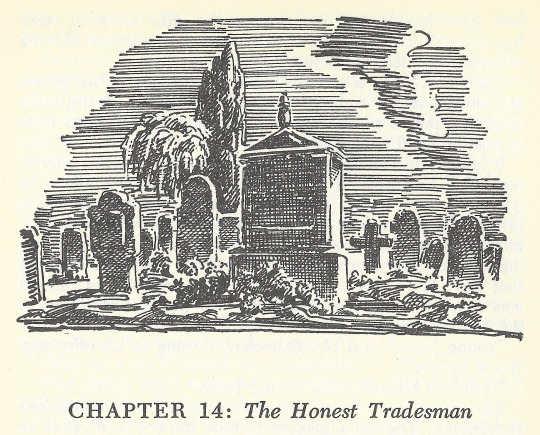
Vignettes for Book the Second, Chapters 14-24
Here is the second half of Busoni's work for Book the Second - and it really is about half because there are the same total number of images again at 27 (including the above)!
1 / 5 || 2 / 5 || 3 / 5 || 4 / 5 || 5 / 5
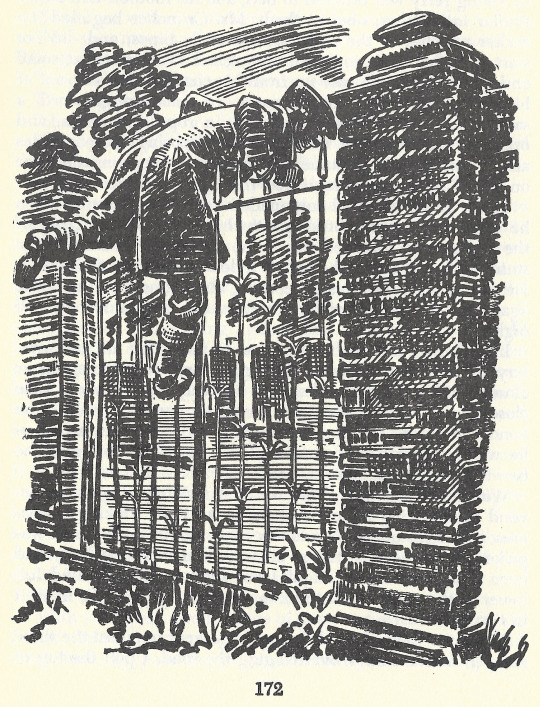
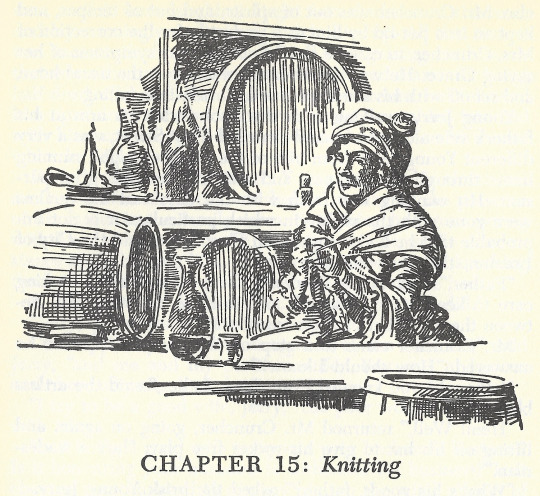

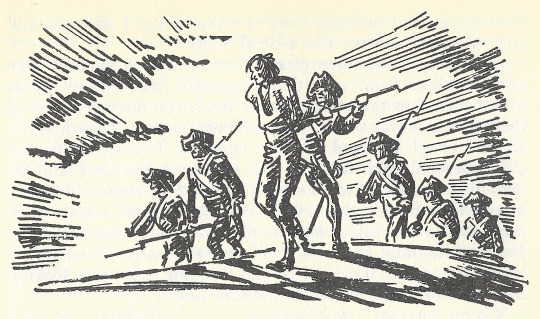

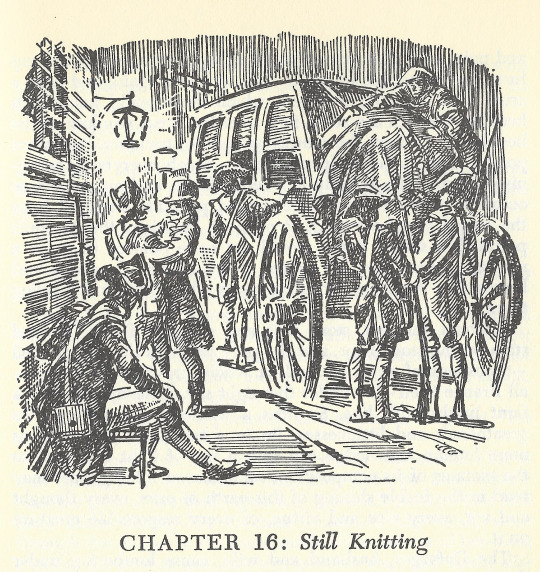
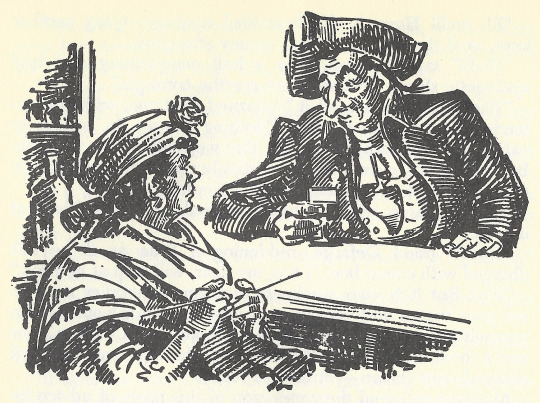

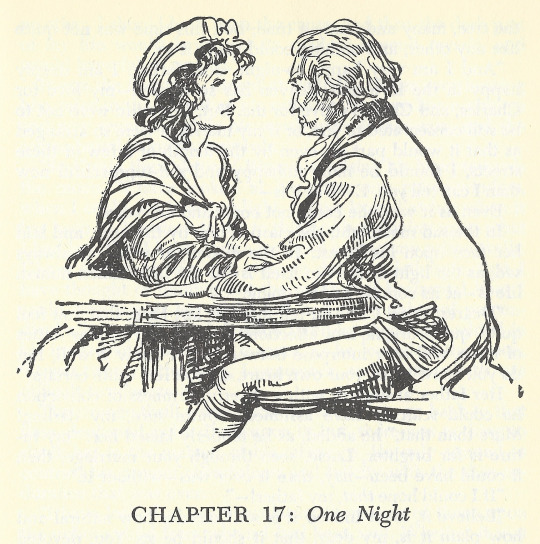

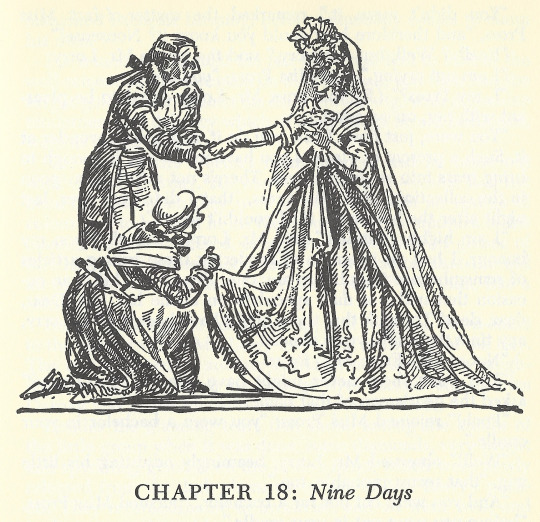
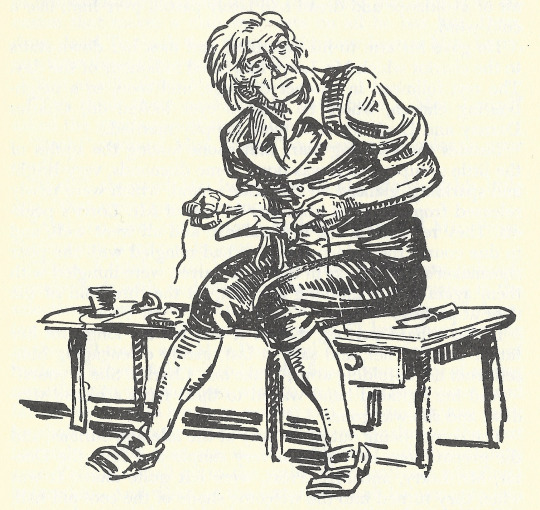
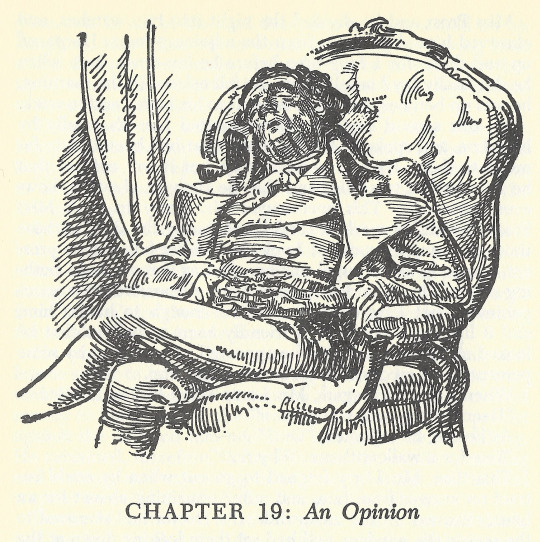


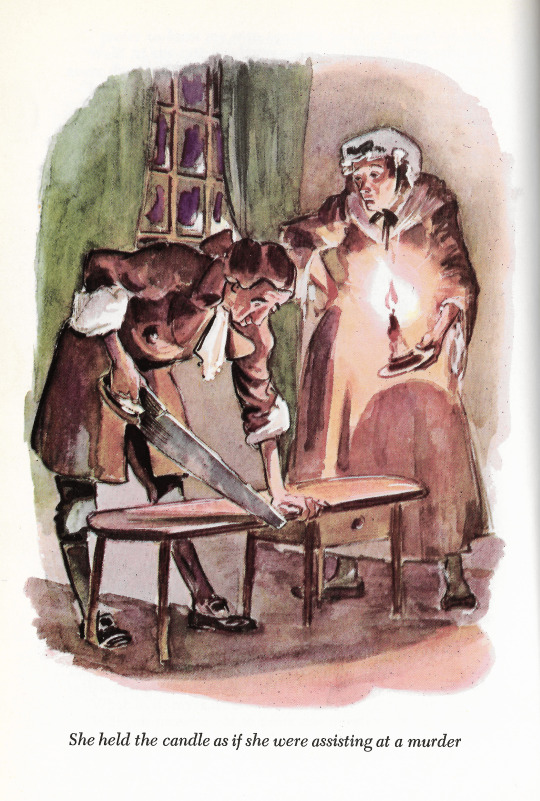

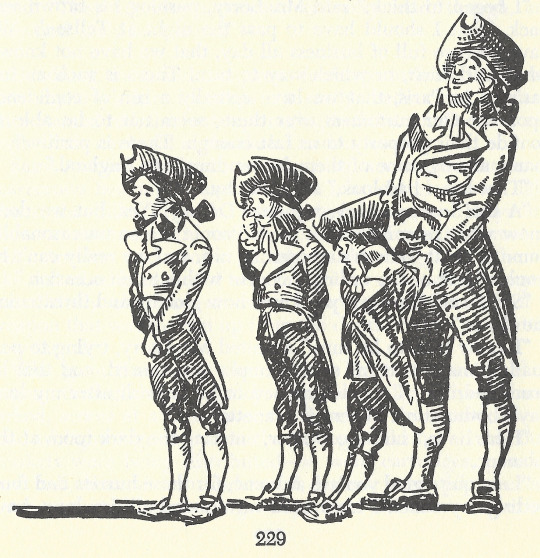


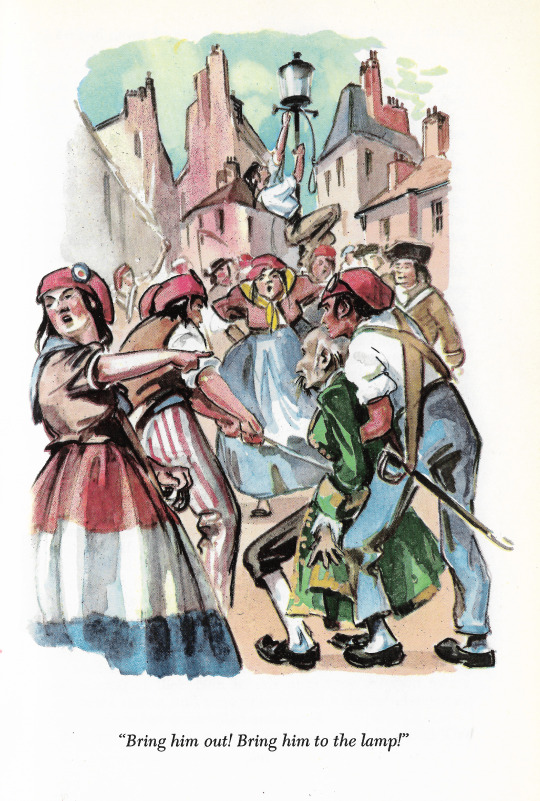
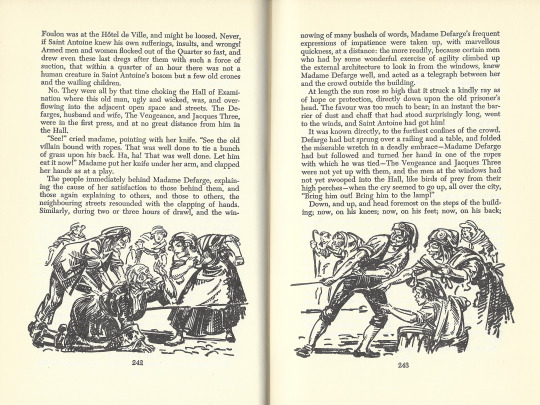
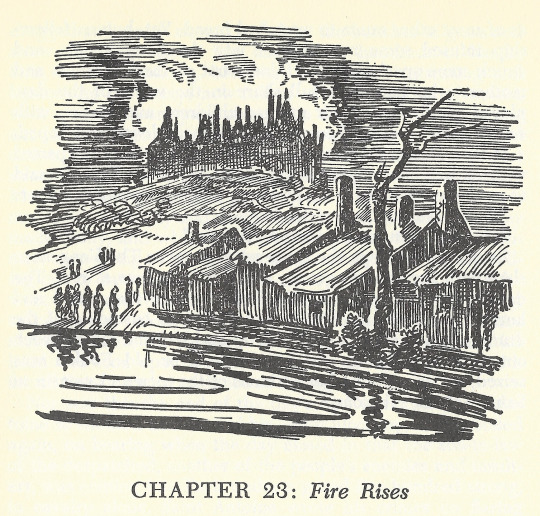

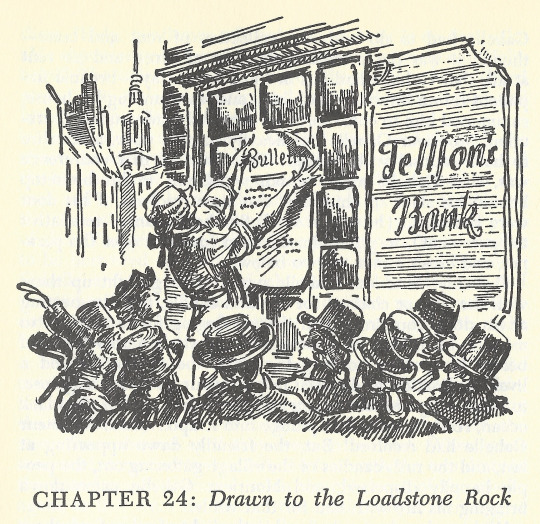
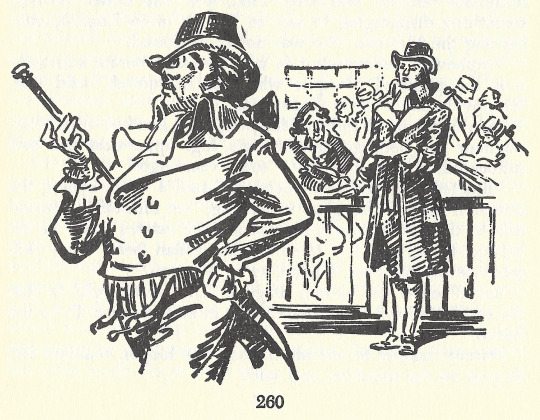
& the standard endnote for all posts in this series:
This post is intended to act as the start of a forum on the given illustrator, so if anyone has anything to add - requests to see certain drawings in higher definition (since Tumblr compresses images), corrections to factual errors, sources for better-quality versions of the illustrations, further reading, fun facts, any questions, or just general commentary - simply do so on this post, be it in a comment/tags or the replies!💫
#A Tale of Two Cities#AToTC#dickens#charles dickens#literature#classic literature#victorian literature#vintage illustration#illustration#illustrators#Rafaello Busoni#1940s#my scans#okay so i didn't come back on tuesday but instead i wanted to surround tuesday with a post on either side#which i think is a fair way to catch up#but I didn't get to achieve that because I didn't finish the alt text yesterday :)#anyway though. another solid set of work!#god my april is so chaotic#the Idea was to have these queued :) ah well
10 notes
·
View notes
Text
you know last year when I was ranking ACC adaptations I knocked the 1999 Pat Stew version for having Scrooge get emotional and repentant too soon but now that I’m rereading the og novella he really does like break down in tears the second GCPa shows him his childhood trauma
#which like fair#but I think I have to revisit the ppt#dickensian nonsense#charles dickens#ACC#a christmas carol#my posts
2 notes
·
View notes
Text
#i adore both of their voices#decisions decisions#patrick stewart#tom baker#let this be a fair battle of voice and not a nerd schism between star trek and doctor who#audiobook#libro.fm#a christmas carol#charles dickens
21 notes
·
View notes
Text
Golden Gate Heights resident of San Francisco, delights in the annual Dickens Christmas Fair
Known for its 163-tiled steps leading to scenic views of the Western-side of San Francisco, Golden Gate Heights is home to over 11,000 people.
Among those people is resident Therese Porter. She is Co-Director of Entertainment and Director of Street Theatre at the Dickens Fair.
Known for its unique one-of-a-kind ‘Immersion theatre’ experience, the annual Christmas event is celebrating its 40th anniversary this year.
As someone who knows the works of writer Charles Dickens well and has portrayed various characters from his books like Mrs. Finching, a character from, the Dickens novel, ‘Little Dorritt,’ Porter took a few minutes to speak to the Westside Observer.
She took some time to chat, away from the busy schedule of rehearsals and the last-week coordinating of one San Francisco’s most long-standing holiday performance traditions. The last day to attend the fair is Dec. 22. She talked about how women in Dickens stories are impacted by poverty. And, since Porter is well acquainted with many of the women characters of the Dickens novels, the question was asked.
Why does Dickens’ writing on poverty stand out from all the other 19th Century writers of his time?
“Charles Dickens was one of the few writers of his day that actually experienced poverty first hand,” said Porter.
Dickens had to leave school at age 12 to work in a boot-blacking factory for at least 10 hours a day to help support the family because his father was sent to ‘Debtor’s Prison.’
“His father, John Dickens, had always lived above his means, even as his family and his career continued to grow,” said Porter.
“We know from his writings and his autobiographical fragments that being forced out of the family home and into work at such a young age, not to mention being exposed to the dangerous and chaotic life of the London working poor, had a profound effect on his life and work,” she added.
The strata of the various working and lower classes in Victorian England are all featured in Dickens’ writings. “It’s at a depth and scope not really covered in the works of other writers of his time,” said Porter.
Satirical writers of the period such as William Thackeray (author of ‘Vanity Fair’) did write about poverty. Yet, as Porter noted. "Other writers such as Thackeray and George Eliot mentioned the poor and lower classes in their work, but not with the detail and sympathy Dickens brought to the topic.”
Dickens wrote more about the conditions of the poor than any other writer. “Throughout his life and in his works, Dickens was incensed the hypocrisy of people who were in a position to do something, and yet did very little or nothing,” said Porter.
She also noted that London was the largest city of the world at that time. “The wealthy and elite were making fortunes exploiting the labour of the growing working and working poor classes who they viewed as a nuisance and some sort of ‘other’ species,” said Porter.
There was an effort in Great Britain to facilitate reforms in public health, education and laws that affected the poor, and Dickens' works played an enormous part in that effort, as well as bringing the problems to a wide audience.
As many scholars and historians point out, part of the power of Dickens' writing derives from his use of archetype, and his unique approach to character and personality.
Porter agreed. Dickens spent time in his youth as a court reporter, and he learned to observe personalities. He was able to transform “stock characters” or “cardboard cutout villains” into memorable characters. Dickens drew much of his inspiration from real life people he observed.
Dickens was able to quickly paint a scene with “just a few brush strokes,” said Porter, as it were, with his literary paintbrush of a pen upon a story-setting canvas.
When asked… From your experience and perspective as you see Dickens, what is or was the “archetype” of poverty and its impact upon women and society?
“It’s difficult for us to fathom today the perils of poverty that so many people faced in 19th Century Britain, especially women,” said Porter.
Simple injuries or illnesses that we today can easily heal from could be catastrophic or fatal for working people and the poor. What we take for granted in terms of dealing with chronic conditions, injuries and disease could not be managed by the medical knowledge of the time,” noted Porter.
Life expectancy was short and mortality rates especially for women and children were very high.
“Although he did resort to archetypes and cardboard cutouts for some characters, said Porter, Dickens could portray women with great depth and compassion.”
“He could also vividly convey their backstory,” she said.
Yet, ironically, Porter noted. “Away from his work in writing, Dickens never really understood women. He was a difficult person to deal with in real life.”
In his younger days, “Dickens was very passionate and often romanticized the ideal wife as ‘an angel’ young, sweet & beautiful,” Porter said.
Dickens had 10 children with wife Catherine. Only eight of the 10 reached adulthood.“However, noted Porter, Dickens made sure all of his children were educated, even the girls.”
Sadly, the relationship he had with wife Catherine deteriorated. And as University of York, Dickens scholar, Professor John Bowen, told The Guardian UK back in 2019, “If he (Dickens) could have her (wife, Catherine) declared mad; and she could be confined to an asylum, he could live as he pleased and nobody would think badly of him.”
Admitting that Dickens could be narcissistic at times, Porter said, “Still, his problematic relationships with women in real life didn’t diminish his capacity as a writer to portray women as strong and resilient. This portrayal appears throughout much of his works.”
“With all the current social and cultural changes happening today, I think what the Dickens Fair offers people is truly unique,” said Porter.
“We present a one-of-a-kind ‘immersion theatre’ experience that visitors can experience and connect with in person rather than just looking at a screen.”
“It seems as if for most people today, said Porter, much of work and daily activity is spent interacting with a screen or some sort of electronic device.”
“What we offer at the Dickens Fair is an opportunity to see humanity (and a view of a specific history) from a different angle in real time in person.”
While much has changed since Dickens’ time more than 150 years ago, “there’s so much that hasn’t changed “ said Porter. “The tyranny of capitalism is still alive,” she said. “And, yes! The Scrooges of our time as well.”
The Dickens Fair concludes its five consecutive weekends, from Nov 23 to Dec. 22 at the Cow Palace. Sunday Dec. 22 is the very last day for this 2024 holiday season. For those who don’t like the rainy weather, keep in mind, the Dickens Fair is indoors and a generous expanse of the Cow Palace. Shuttles are available to take attendees back and forth so to save on extensive walking to and from the parking lot and avoid the raindrops. For more information and to p purchase tickets visit the website.


0 notes
Text
every year i'm like THIS year i'm going to have a proper period sort of outfit for the dickens fair & then every year november or so comes around & it becomes apparent that I really won't
#i have a good coat I made if i can just get it out of storage & put the cuffs & buttons on it & the black fabric on the back of the collar#& i have that okay(ish) waistcoat i made but the color will Not go with the coat lol (dark rust + vivid turquoise) + the fabric is wrong#& i have nothing in the realm of accuracy for trousers i'm just going to have to fake it w wool suit trousers#ALSO my hair is now too long :/ it was okay last year (just above my shoulders) but now it's. not lol#<- i say all this like anyone at the dickens fair except people that work there are interested in historical accuracy akjsdhfjsd.#& even they often aren't#thoughts
19 notes
·
View notes
Text
It’s the time of year when miss Estella Havisham will NOT leave my mind and wassail songs get stuck in my head and I start obsessing over dickens again…. I CANNOT do this lmao
10 notes
·
View notes
Text
Hello and welcome to my 2014 hipster blog

#I went to the dickens fair today!!!#it was so fun#I’m gonna go back in a couple weeks for my birthday lol
9 notes
·
View notes
Text
i can make myself so upset reading about authors who died in the 90s
#angela carter i wish i could have met you :(#the foreword to my copy of the magic toyshop is basically her editor flexing how close they were as friends#but like fair enough#it's a flex#this is also about monica dickens because i have a completely insane crush on late 1930s monica dickens..#i wish i was there i wish i could marry her
4 notes
·
View notes